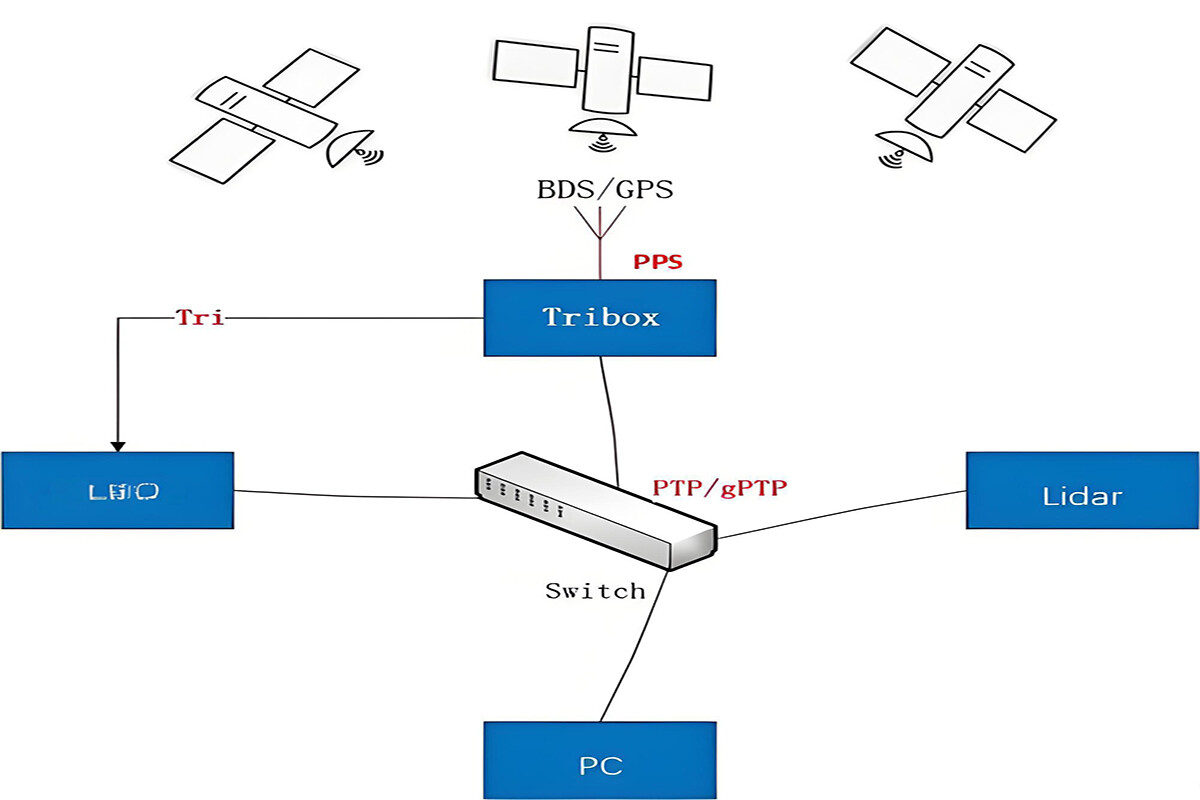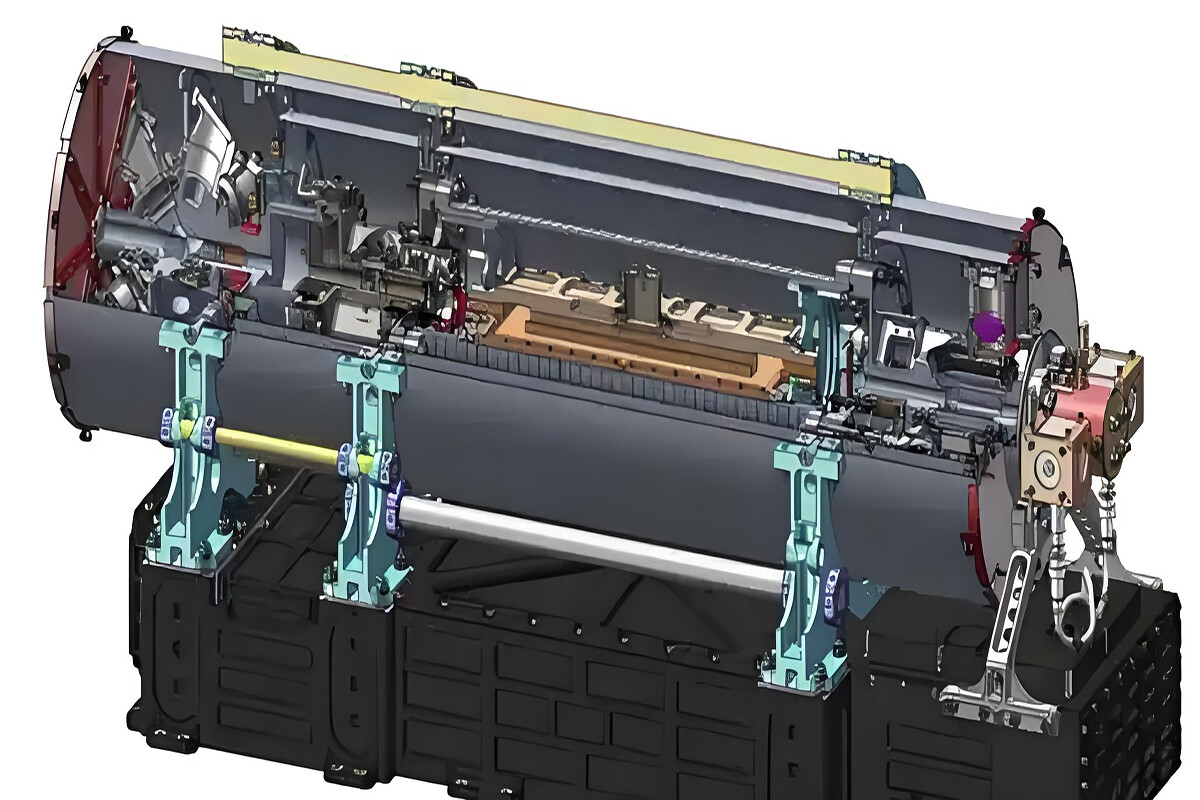RELATED
MESSAGE
A voltage stabilizer is a device that can automatically adjust the output voltage and keep the output voltage stable. It plays an important role in various electronic devices and power systems. The following is an introduction to the working principle of the voltage stabilizer:
AC Voltage Stabilizer:
The working principle of the common AC voltage stabilizer is based on the voltage adjustment mechanism. Taking the autotransformer as an example, it adjusts the output voltage through an autotransformer. The winding of the autotransformer has multiple taps. When the input voltage changes, the control circuit in the voltage stabilizer will detect the size of the output voltage and change the tap connection of the autotransformer through a relay or other switching device according to the set voltage value, thereby changing the transformer ratio and adjusting the output voltage. For example, when the input voltage increases, the control circuit will switch the tap to reduce the transformer ratio and reduce the output voltage; when the input voltage decreases, the ratio will increase and the output voltage will be increased. Another type is an AC voltage stabilizer that uses a thyristor (silicon controlled rectifier) to adjust the output voltage by controlling the conduction angle of the thyristor. The thyristor conducts a certain angle in each cycle of the AC voltage, changing the effective value of the output voltage to achieve the purpose of voltage stabilization. The control circuit adjusts the conduction angle of the thyristor according to the feedback signal of the output voltage, so that the output voltage is stabilized at the set value.
DC Regulator:
The working principle of the linear DC regulator is to use a power transistor (or field effect tube) as an adjustment element, and compensate for the change of the input voltage by adjusting the voltage drop of the element, so as to keep the output voltage stable. The adjustment element is connected in series with the load, and the control circuit adjusts the base (or gate) voltage of the adjustment element according to the feedback signal of the output voltage, changes its conduction degree, and then adjusts the output voltage. For example, when the output voltage decreases, the control circuit increases the base voltage of the adjustment element, increases its conduction degree, reduces the voltage drop, and increases the output voltage; vice versa. The switching DC regulator adjusts the output voltage by controlling the on and off time of the switch tube. The switch tube is turned on and off periodically, chopping the input DC voltage into a high-frequency pulse voltage, and then converting the high-frequency pulse voltage into a stable DC voltage output through a filter circuit composed of inductors, capacitors and other components. By changing the on time (duty cycle) of the switch tube, the output voltage can be adjusted. For example, increasing the duty cycle increases the output voltage; decreasing the duty cycle decreases the output voltage.
CONTACT US
Please use the form below to get in touch.
If you need a reply we will get in touch as soon as possible.





